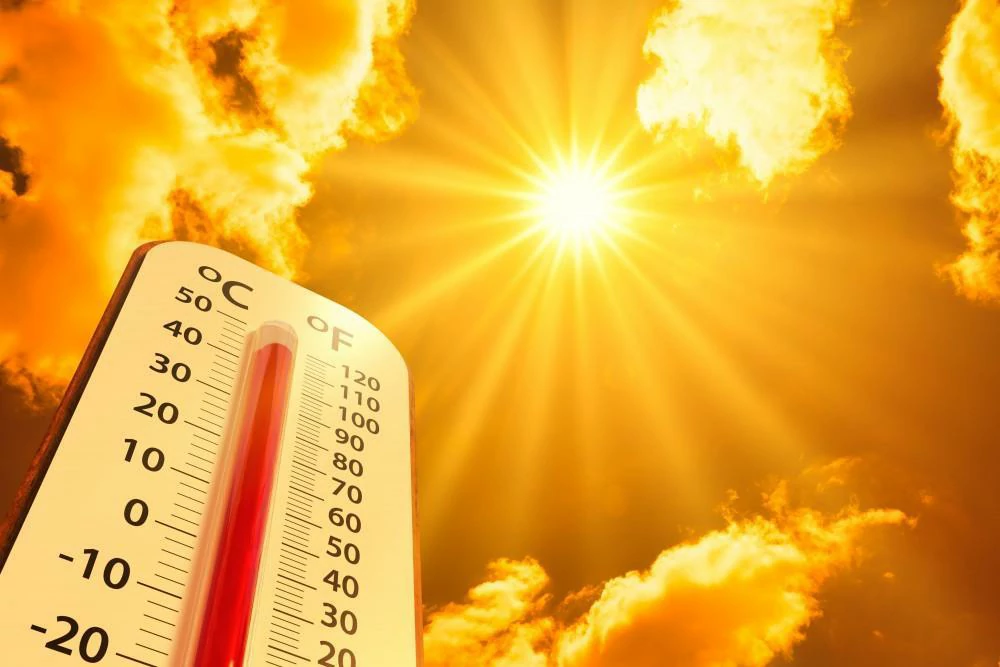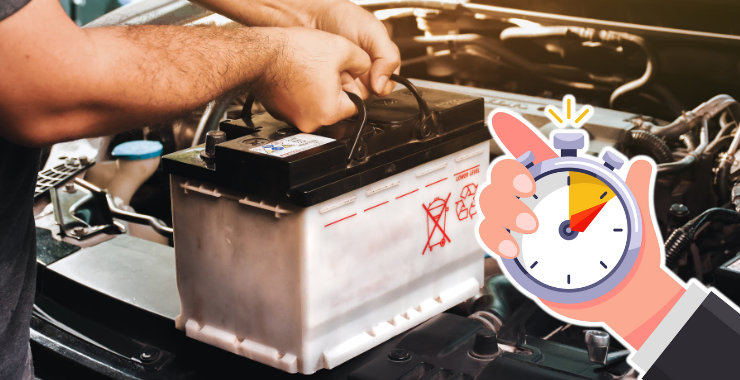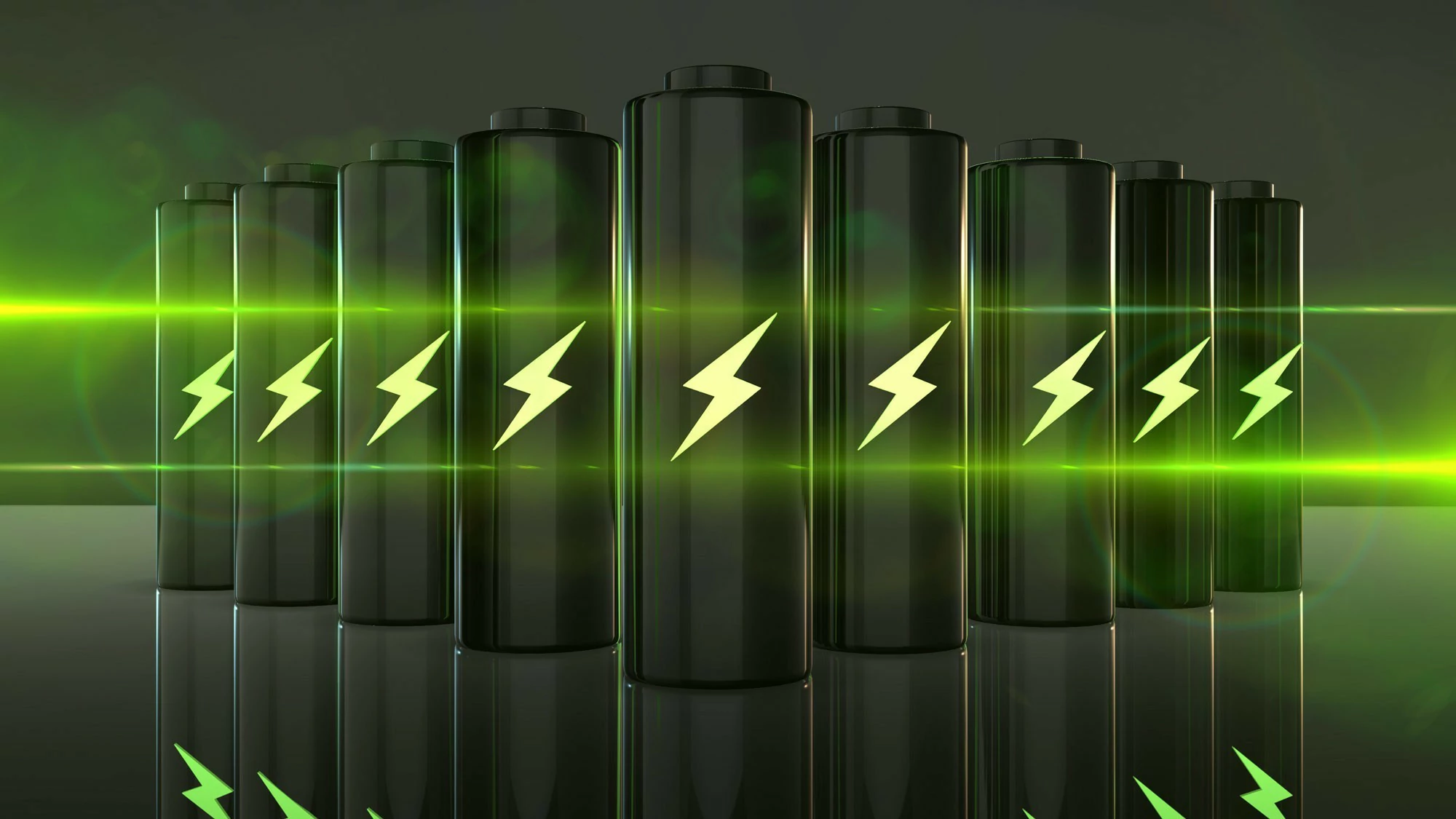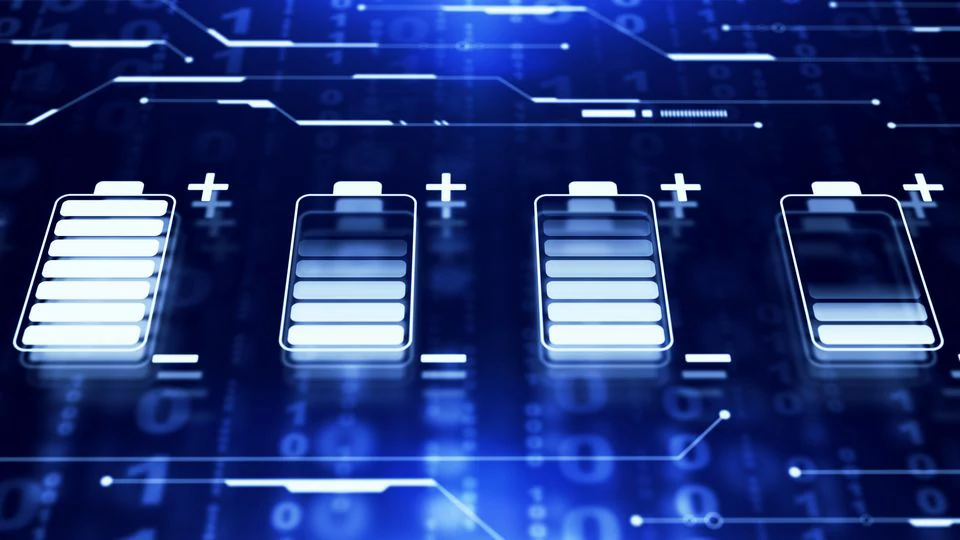Comparative analysis of Maintenance Costs between LFP and AGM/EFB Batteries
main content
I. LFP Battery: A technological innovation that requires no maintenance throughout its entire life cycle
Lithium iron phosphate batteries (LFP) have completely overturned the maintenance mode of traditional lead-acid batteries with their material properties and sealed design. Its core advantage lies in its lifetime maintenance-free feature, eliminating the need for liquid replenishment, equalization charging or regular electrolyte testing. The overall usage cost is reduced by more than 50% compared to AGM/EFB, making it the preferred solution for new energy vehicles and energy storage systems.
1. Maintenance-free genes of materials and structures
LFP adopts a fully sealed structure design, with the electrolyte fixed in gel or solid form, fundamentally avoiding the risk of acid evaporation. Take CATL's CTP technology as an example. Its battery packs achieve an IP67 protection level through integrated packaging technology, so there is no need to worry about leakage or corrosion even after long-term use. In addition, the olivine crystal structure of LFP generates almost no gas during charging and discharging, eliminating the need for exhaust valves and further simplifying the maintenance process. Experimental data shows that the capacity attenuation rate of LFP batteries within a 10-year usage cycle is only 15% to 20%, which is significantly better than the 30% to 50% annual attenuation rate of AGM/EFB.
2. Economic advantages in cycle life and replacement frequency
The cycle life of LFP batteries can reach 3,000 to 5,000 times (capacity retention rate ≥80%), while that of AGM/EFB is only 300 to 500 times. Take an electric passenger vehicle as an example. Vehicles equipped with LFP batteries do not require battery replacement throughout their entire life cycle, while AGM batteries need to be replaced every 46 years, with a single replacement cost as high as 4,000 to 8,000 yuan. If the energy storage scenario is considered, the 48V 100Ah LFP battery pack only requires one initial investment during 10 years of operation, while the AGM battery needs to be replaced 23 times, and the comprehensive cost gap expands to 60%.
3. Active protection of the intelligent management system
LFP batteries generally integrate BMS (Battery Management System), which can monitor voltage, temperature and SOC (State of charge) in real time and optimize charging and discharging strategies through algorithms. For instance, the LFP battery pack of Vrui Energy supports remote OTA upgrades and automatically adjusts the charging threshold to prevent overcharging, while AGM/EFB relies on manual detection of voltmeters, posing a risk of misjudgment. This intelligent management transforms maintenance requirements from physical operations to data monitoring, significantly reducing labor costs.
Ii. AGM/EFB Batteries: The Limitation of high maintenance costs
AGM (adsorption-type glass fiber separator Battery) and EFB (enhanced liquid-rich Battery), as upgraded versions of lead-acid batteries, although they redaAlthough AGM (Adsorption Glass fiber Separator Battery) and EFB (Enhanced liquid-rich Battery) are upgraded versions of lead-acid batteries, their chemical systems determine the high-frequency maintenance requirements. Take the original AGM battery of Buick GL6 as an example. After three years of use, its capacity drops to 54%, and it needs to be opened to replenish the liquid and combined with equalization charging to restore some of its performance. The maintenance takes more than two hours each time.uce the risk of acid leakage through liquid-poor design, their lead pollution nature remains unchanged. According to statistics, the global lead pollution caused by improper recycling of lead-acid batteries exceeds 17,000 tons each year, and the blood lead poisoning rate among children in areas with excessive soil lead content is as high as 15%.
1. The cumbersome process of electrolyte management
The electrolyte level of AGM/EFB should be checked every 36 months. The concentration of sulfuric acid should be measured with a hydrometer (normal values are 1.28 to 1.30g/cm³), and distilled water should be replenished through the water injection hole. In high-temperature environments (such as the engine compartment), the evaporation rate of the electrolyte increases, and the maintenance frequency needs to be raised to once a month. If not maintained properly, sulfation of the plates will lead to an increase in internal resistance and accelerated capacity attenuation. Research shows that the lifespan of AGM batteries that are not replenished regularly is shortened by more than 40%.
2. Equalization charging and device dependence
Lead-acid battery packs have individual voltage differences and need to be equalized charged every quarter to prevent the "barrel effect". Take the 48V AGM energy storage system as an example. The equalization process requires a dedicated charger to charge at a constant voltage of 14.4V for 12 hours, and the power consumption increases by 15% to 20%. In contrast, LFP batteries are automatically balanced through BMS without the need for additional equipment investment.
3. Replacement costs and environmental pollution
The average service life of AGM/EFB is 46 years, and frequent replacements increase the full-cycle cost. Take the AGM start-stop battery of Tesla Model S as an example. The single replacement cost is approximately 2,000 yuan, and the lead content of the used batteries is as high as 60% to 70%. Improper handling may cause heavy metal pollution in the soil, and the recycling cost is about 300,500 yuan per group. LFP batteries do not contain heavy metals and can be directly transferred to the energy storage field after secondary use, with a residual value rate as high as 30% to 40%.
Iii. Quantitative Comparison of Maintenance Costs and Industry Trends
1. Average annual maintenance time consumption
LFP battery: 0 hours (BMS automatic monitoring, no manual intervention required).
AGM/EFB battery: 46 hours per year (manual electrolyte inspection + replenishment operation).
2. Replacement frequency within 10 years
LFP battery: 0 times (no replacement required throughout the entire life cycle).
AGM/EFB battery: 23 times (needs to be replaced regularly due to short lifespan).
3. Single maintenance cost
LFP battery: 0 yuan (system self-operation and maintenance).
AGM/EFB batteries: 200 to 500 yuan per use (including labor costs and distilled water and other consumables).
4. Environmental governance costs
LFP battery: 50 yuan per ton (low cost for harmless treatment).
AGM/EFB battery: 300 yuan per ton (The lead recycling process is complex and the cost of pollution control is high).
The comprehensive cost index shows that the LFP battery is only at the base value of 100, while the AGM/EFB is as high as 220,280, indicating a significant gap in maintenance economy.
Policy and technology-driven: The EU's Battery Regulation requires that the market share of lead-acid batteries be reduced to below 20% by 2030. China's New Energy Vehicle Industry Development Plan clearly sets the penetration rate target of LFP in the energy storage field at 80%. With the maturation of nanometization of LFP materials (such as BYD's Blade battery) and solid-state electrolyte technology, their maintenance costs are expected to further decrease by 30%, while AGM/EFB will gradually exit the mainstream market due to tightened environmental regulations.
Conclusion
Lithium iron phosphate batteries have achieved a leap from "passive maintenance" to "active protection" through material innovation and system integration. Their lifetime maintenance-free feature contrasts sharply with the high-frequency manual intervention of AGM/EFB. In terms of the full life cycle cost dimension, LFP is 50% to 70% lower than AGM/EFB, and it also has the advantages of environmental protection and safety. With technological iteration and large-scale production, LFP will become the cornerstone of the new energy revolution, while AGM/EFB can only maintain a limited share in specific low-end scenarios.
RELATED BLOG

START-STOP LITHIUM battery
Enov start-stop battery is designed to provide excellent performance for high-demand start-stop vaehicles. It adopts the third-generation intelligent lithium platform architecture to achieve technological breakthroughs in core indicators such as cycle life, environmental adaptability and energy density. Compared with the traditional lead-acid battery system, the energy efficiency is increased by 210%, the cycle life is extended by 8-10 times, and the monthly self-discharge rate is controlled within 3%. Enov's unique low-temperature battery technology makes a breakthrough in achieving stable output in the whole climate domain from -30℃ to 65℃, maintaining more than 90% of the effective capacity release under extremely cold conditions (-30℃), and maintaining 90% of the capacity in high temperature environments (65℃).
The start-stop battery series products cover the mainstream voltage platform of 12V/24V/48V, and support flexible configuration of LFP (lithium iron phosphate) and NCM (lithium nickel cobalt manganese oxide) dual-material system. All models adopt modular design to support customization of different model specifications. Enuo engineering and technical team to provide full cycle technical service support, if you need, please contact us.
Other products
UAV BATTERY
LITHIUM ENERGY STORAGE BATTERY
QUICK INQUIRY
FAQ
Access to high frequency technical questions with one click, get accurate answers on product application, after-sales policy and customization process.
Service and Support
Get the latest product specifications, explore professional OEM/ODM customization services, click to open exclusive technical support and production solutions.
Become a Partner
We sincerely invite resources to interconnect, work together for win-win development, and immediately open a new chapter of strategic cooperation!





